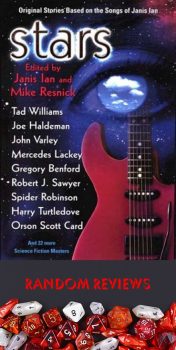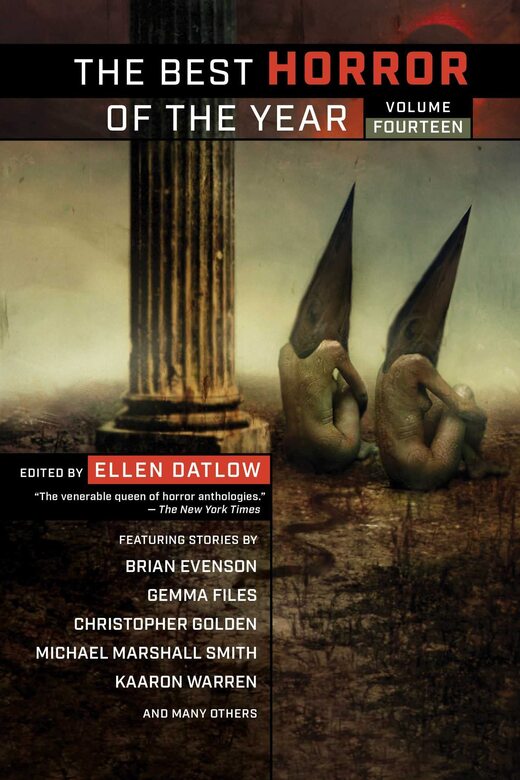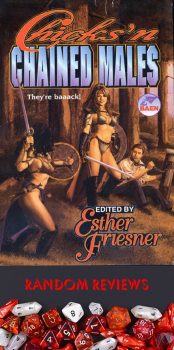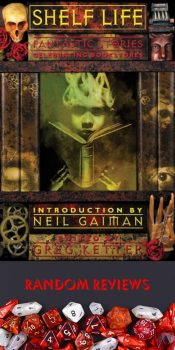Creeping Dread and Strange Melancholy: Corpsemouth and Other Autobiographies by John Langan
 |
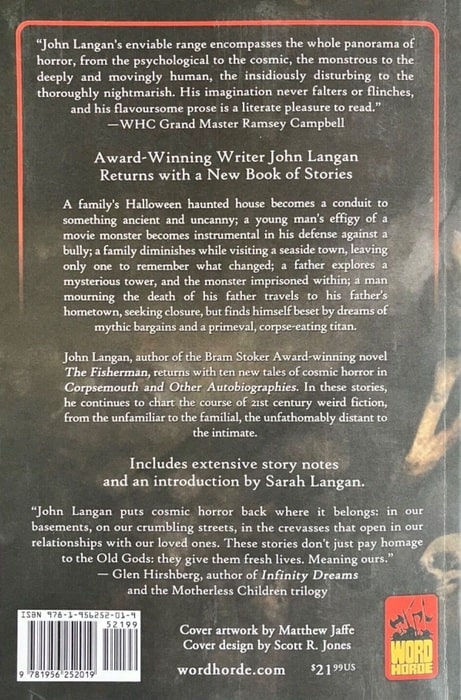 |
Corpsemouth and Other Autobiographies (Word Horde, July 5, 2022). Cover by Matthew Jaffe
I consume a lot of literature from a lot of genres: everything from the vibrant, mystical fantasies of Tolkien to the grim blood-and-thunder of McCarthy, and more besides. But it is with horror fiction that I find myself at both my pickiest and my most ravenous. The horror I enjoy, I love. The horror I do not enjoy, I hardly stomach. So, when I find a horror author I consistently enjoy, I try to read their works in the manner a man stranded upon a lee shore might parcel out his last bits of hardtack and beef: a piece at a time, savoring each moment, drawing it out as long as possible.
John Langan’s work does not afford me that parsimony. A veteran of horror and other speculative genres since the publication of his first story, “On Skua Island,” in The Magazine of Fantasy and Science Fiction in 2001, I devour his words wherever and whenever I find them. His latest collection, Corpsemouth and Other Autobiographies continued this long tradition of literary gluttony.

